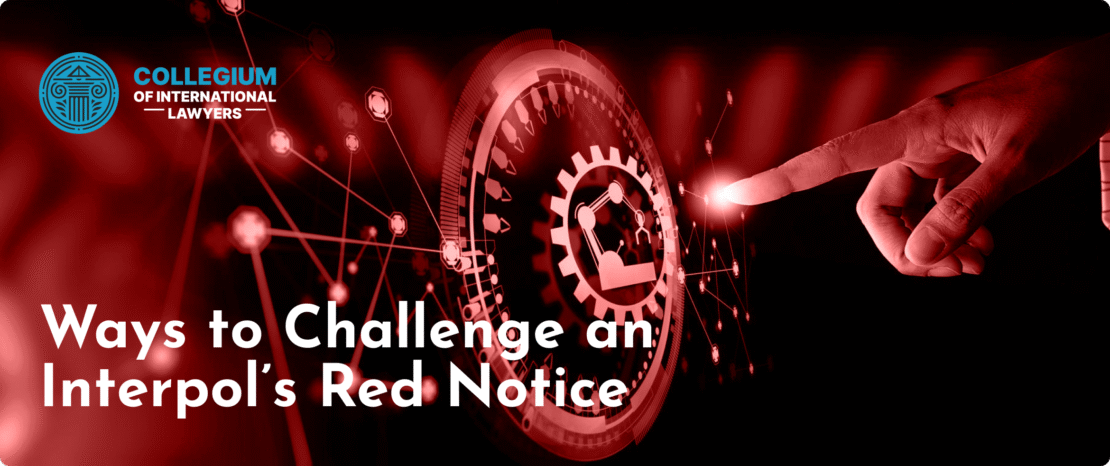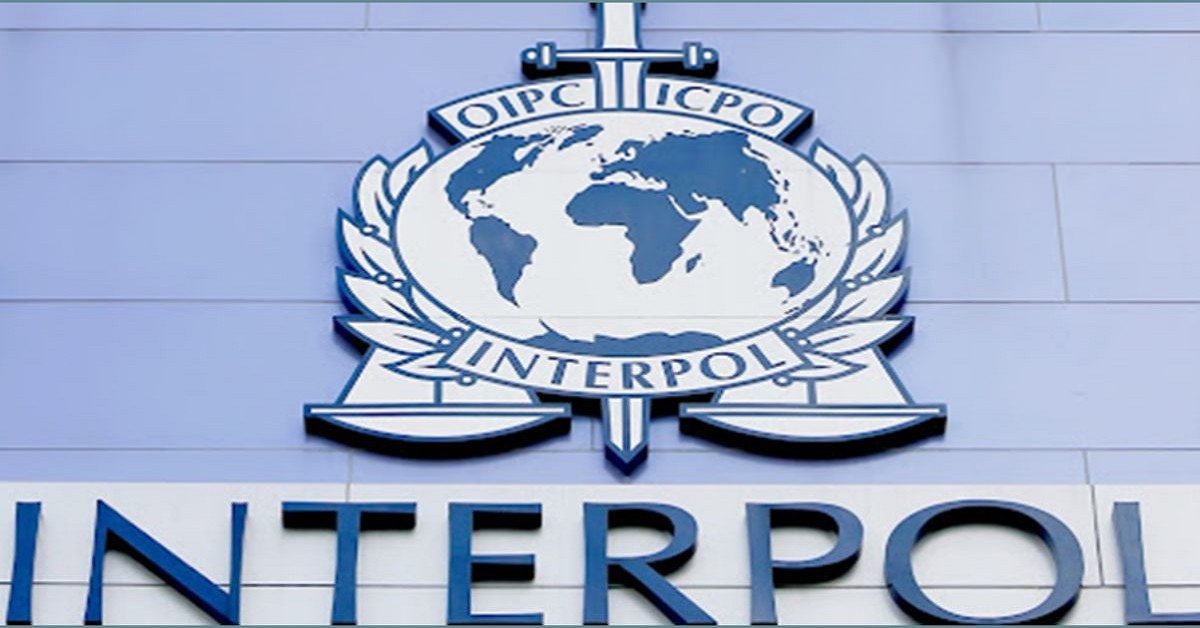
The Rise of the Russian Mafia: From Shadows to Power
The Russian Mafia, often referred to as ‘Bratva’, has a long and complex history that dates back to the early 20th century. Over the decades, it has evolved from a collection of underground criminal groups into a powerful entity with significant influence over Russia’s economic and political landscape. This article delves into the formation, growth, and impact of the Russian Mafia on both domestic and international scales. For a more detailed exploration, you can visit rise of the Russian mafia brewminate.com/bratva-the-emergence-and-growth-of-the-russian-mafia/.
Origins of the Russian Mafia
The origins of the Russian Mafia can be traced back to the harsh social and political conditions of Tsarist Russia. During this period, criminal elements began to organize themselves into structured groups. The chaos of the Russian Revolution in 1917 further exacerbated these conditions, enabling criminal organizations to exploit societal vulnerabilities. However, it was during the Soviet era that the foundations of the modern Russian Mafia were laid.
The Soviet Era: A Breeding Ground for Crime
Under the strict regulations of the Soviet regime, a variety of criminal enterprises flourished. The Soviet Union’s closed economy and oppressive political atmosphere created opportunities for illegal activities, as they were often the only means of survival for many. The prison system played a pivotal role in shaping the Mafia; it became a training ground for criminal leaders and a network of contacts for future illicit trade.
The 1990s: The Explosion of Organized Crime
The collapse of the Soviet Union in 1991 marked a seismic shift in the landscape of organized crime in Russia. The newly formed Russian state struggled with corruption and political instability, creating a power vacuum that the Mafia eagerly filled. With the privatization of state-owned assets, many criminal organizations shifted their focus towards legitimate business operations, further entrenching themselves within the economic system.
Key Figures and Families
The Russian Mafia is not monolithic; it is composed of numerous factions and families, each with its own leaders and operational methods. For instance, the Solntsevskaya Bratva, one of the largest and most influential crime syndicates, has been known for its connections to elites in the political and business worlds. Similarly, other groups like the Tambov Gang and the Georgian Mafia each carved out territories and established control over various illegal enterprises.

Activities and Methods
The Russian Mafia has diversified its operations over the years. While originally focused on traditional street-level crimes such as extortion and drug trafficking, they have adapted to exploit global markets. Some key areas of involvement include:
- Drug Trafficking: The Russian Mafia is heavily involved in the heroin trade, particularly through connections with Central Asian groups.
- Human Trafficking: They also engage in human trafficking, exploiting vulnerable populations for labor and sexual exploitation.
- Money Laundering: To legitimize their profits, they have perfected sophisticated money laundering techniques, often utilizing front businesses and offshore accounts.
- Cybercrime: The rise of the internet has propelled new forms of crime, including hacking, identity theft, and various types of fraud.
Political Connections and Influence
The intertwined nature of politics and organized crime in Russia cannot be overstated. Many high-ranking officials and politicians have been accused of having connections to the Mafia. This symbiotic relationship ensures that criminal organizations have significant protection and influence within the government, creating a climate where corruption can thrive.
Global Reach
The reach of the Russian Mafia is not limited to Russia. They have established networks across Europe, North America, and Asia. These international connections allow them to engage in global trafficking and criminal enterprises. Russia’s geopolitical role also plays a part in how the Mafia operates internationally, sometimes serving nested interests that align with the state.
Modern Challenges
In recent years, Russian organized crime has faced challenges as law enforcement agencies, both national and international, have begun to adapt their strategies to combat these powerful entities. The rise of international cooperation and intelligence-sharing has made it more difficult for the Mafia to operate with impunity.
Conclusion
The Russian Mafia, from its humble beginnings to its current status as a global powerhouse of organized crime, illustrates the intricate relationship between crime, politics, and society. As the complexity of the Mafia continues to evolve, it remains a significant force within Russia and beyond, highlighting the need for ongoing vigilance and intervention from law enforcement agencies worldwide.
